In Brief
Conservation Value:
The humid forests of the Chocó Biogeographical Region of northwestern Ecuador support exceptional biodiversity, much of which is endemic to the region. The 120,000-ha Mache-Chindul Reserve (MCR) occupies a unique transitionary zone between the Chocó and the drier Tumbesian zone to the South. MCR is a BirdLife International Important Bird Area (IBA), is in the process of becoming a Key Biodiversity Area, and contains a RAMSAR designated wetland. The 592-ha reserve of FCAT (Fundación para la Conservación le los Andes Tropicales) lies along the boundary of the MCR and is one of the largest continuous forest reserves in the region. It supports many Neotropical migratory bird species and threatened species including the Critically Endangered Ecuadorian white-fronted capuchin (Cebus aequatorialis), Endangered banded ground-cuckoo (Neomorphus radiolosus), Endangered mache glassfrog (Cochranella mache), Endangered Blomberg’s tree boa (Corallus blombergi), and Vulnerable long-wattled umbrellabird (Cephalopterus penduliger).
Threats:
Over 96% of the Ecuadorian Chocó’s primary forests are lost and what remains is not well protected. A study found that 10% of the forest within the boundaries of the Mache-Chindul Reserve (MCR) was lost from 2000-2008 and that MCR is the worst performing reserve in the Ecuadorian protected area system. From 1990 to 2008, this region had the highest deforestation rates and among the lowest rates of forest regeneration in Ecuador. This habitat loss is driven by several thousand people with limited economic opportunities who live within the MCR borders, leading to deforestation and species loss in a region where over 90% of local residents live in poverty. As a result, globally threatened and endemic species in the area are declining.
Actions & Results:
In 2021 and 2022, with support from ICFC, FCAT purchased lands to consolidate its reserve. The reserve has enabled FCAT to generate a robust and predictable income stream for its long-term management. In 2022, with support from ICFC, FCAT launched ‘The Next Generation Club’—a multi-year program that provides local youths with intensive conservation training and a sense of community, equipping them with essential skills in conservation biology, sustainable practices, and community leadership. In 2023, the club graduated its first cohort of students. The inaugural group set a powerful example, generating significant interest among youth in neighboring areas and revealing an urgent need to expand the program's reach to meet the demand. In 2024, the second cohort completed 22 workshops in specialized areas of biology, including entomology, botany, and ornithology. They also received training in technology and art and took part in guided hikes across the 734-hectare FCAT reserve. Partnerships with the Universidad San Francisco (Quito) and the World Resources Institute have enriched the program. Club members received training in advanced techniques such as in vitro plant cultivation, ecological monitoring, and remote sensing technologies. Importantly, many club participants have become vital community liaisons in a new project that will incorporate 200 hectares of sustainably grown and wildlife-friendly cacao as part of a mixed conservation strategy around the FCAT. “The Next Generation” undoubtedly improve the prospects for nature in the Ecuadorian Chocó region. Thanks to Doug and Sheila Rogers for making this possible!
Goal:
To enlarge an important reserve in the highly threatened Ecuadorian Choco, increasing its conservation value.
This project is fully funded at present.
(Support is welcome for other projects)
Location:
Esmeraldas province in northwestern Ecuador
Size of Area Involved:
734 hectares
Project Field Partner:
Fundación para la Conservación de los Andes Tropicales (FCAT)
Our Investment to Date:
Land aquisition (2021-2023): CA$376,979
Education and capacity building (2022-2023): CA$37,689
Budget for 2024 (education/capacity building): US$10,265
Gallery
Click to enlarge an image
In More Depth...
International Conservation Fund of Canada Copyright © 2009-2025
Registered Canadian charity # 85247 8189 RR0001


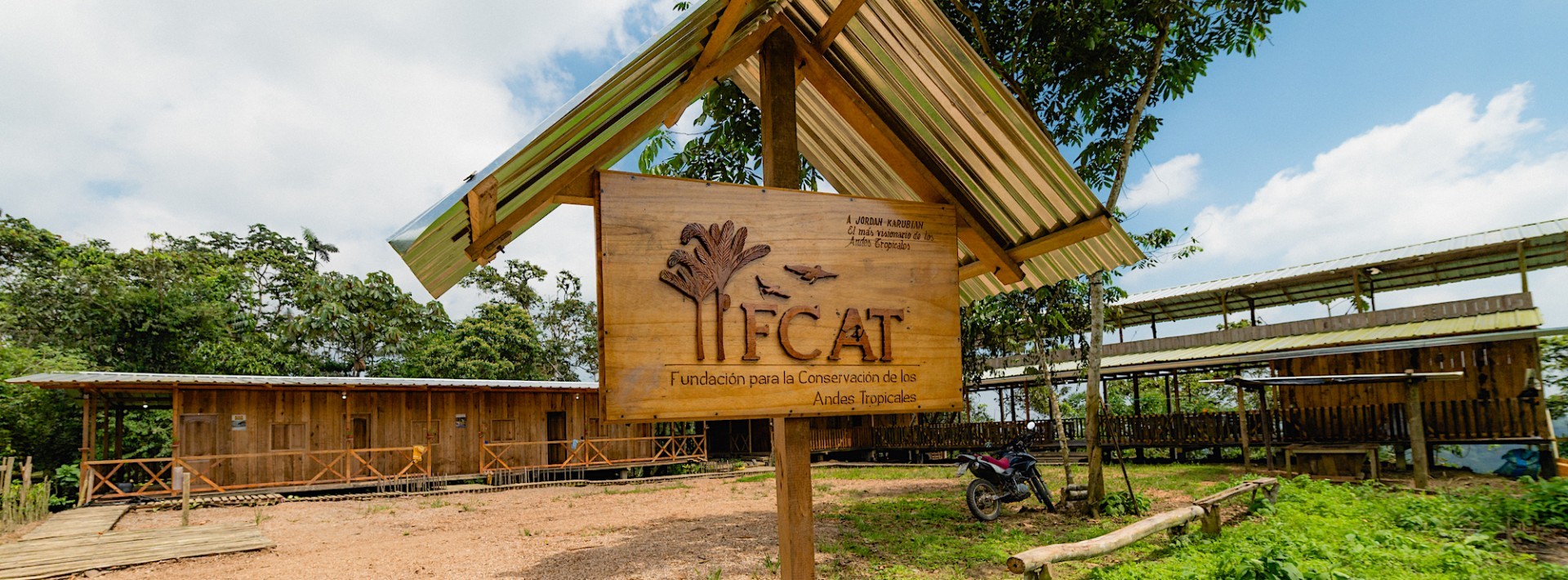
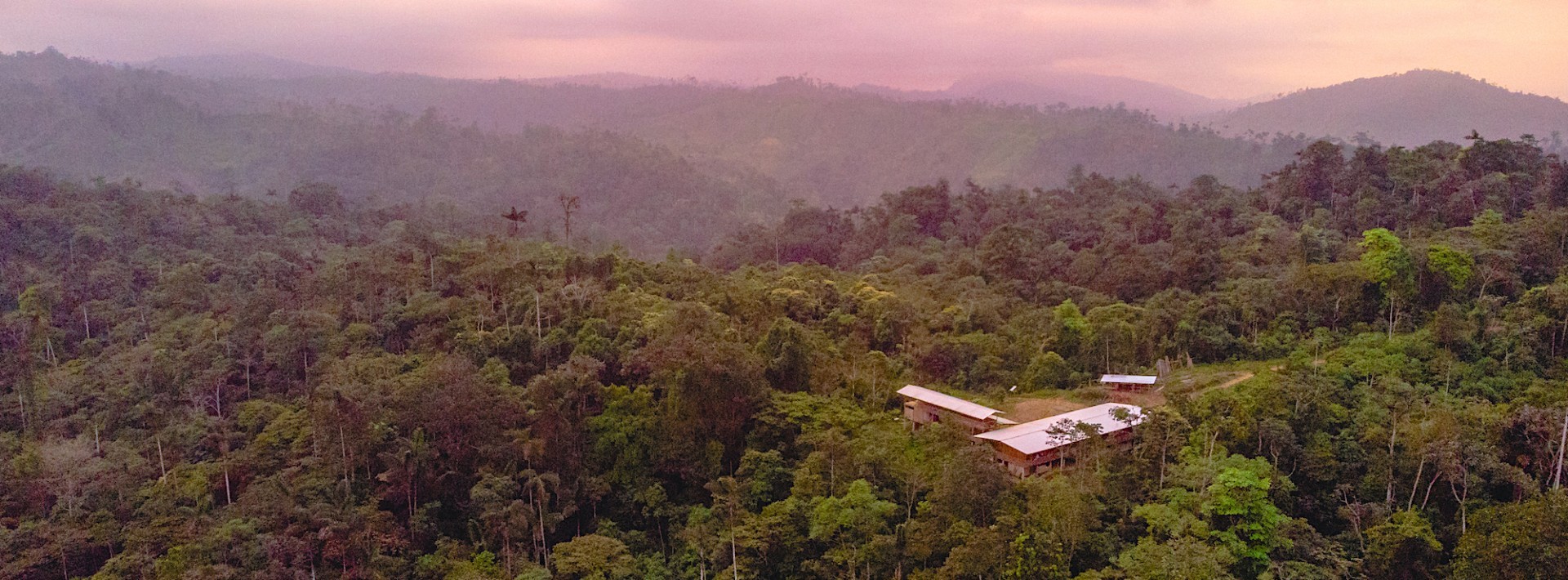

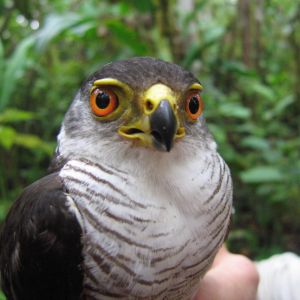
_-_credit_alejandro_arteaga__small.jpg)
_in_the_mist_-_credit_luis_carrasco__small.png)
_-_credit_alejandro_arteaga__small.jpg)
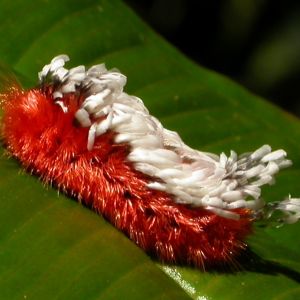
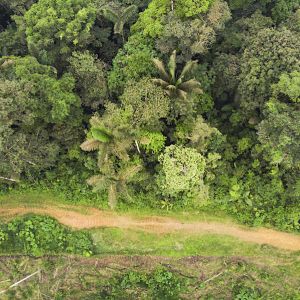
_-_credit_fcat__small.jpg)